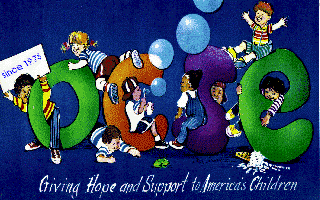

Soc 166 The
Family
California State
University, Sacramento

Unit 2: The Family Institution
Unit 4: Parent-Child Relationship
Unit 6: Family Conflict and Dissolution
|
| ||
|
Unit Goals and Objectives |
| |
|
Lecture Notes |
|
|
|
Assigned Readings |
Chapter 13 The Parental System |
|
|
Activities |
|
|
|
Exercises |
Vocalize your impressions of the many social pressures that motivate people to have children. Reflect on ways in which males are taught to play instrumental roles and females to play expressive roles. |
|
|
|
Topics for discussion: COW
|
|
|
|
Parenting Child Support Single Parenthood Teenage pregnancy
|
|
|
|
Lloyd Saxton, The Individual, Marriage, and the Family, Wadsworth, 1990. Arlene Skolnick, The Intimate Environment, Scott, Foresman, and Company, 1988. |
|
|
Assessment |
|
|
|
| ||
DEPARTMENT / CSUS
Page updated: February 7, 2000


